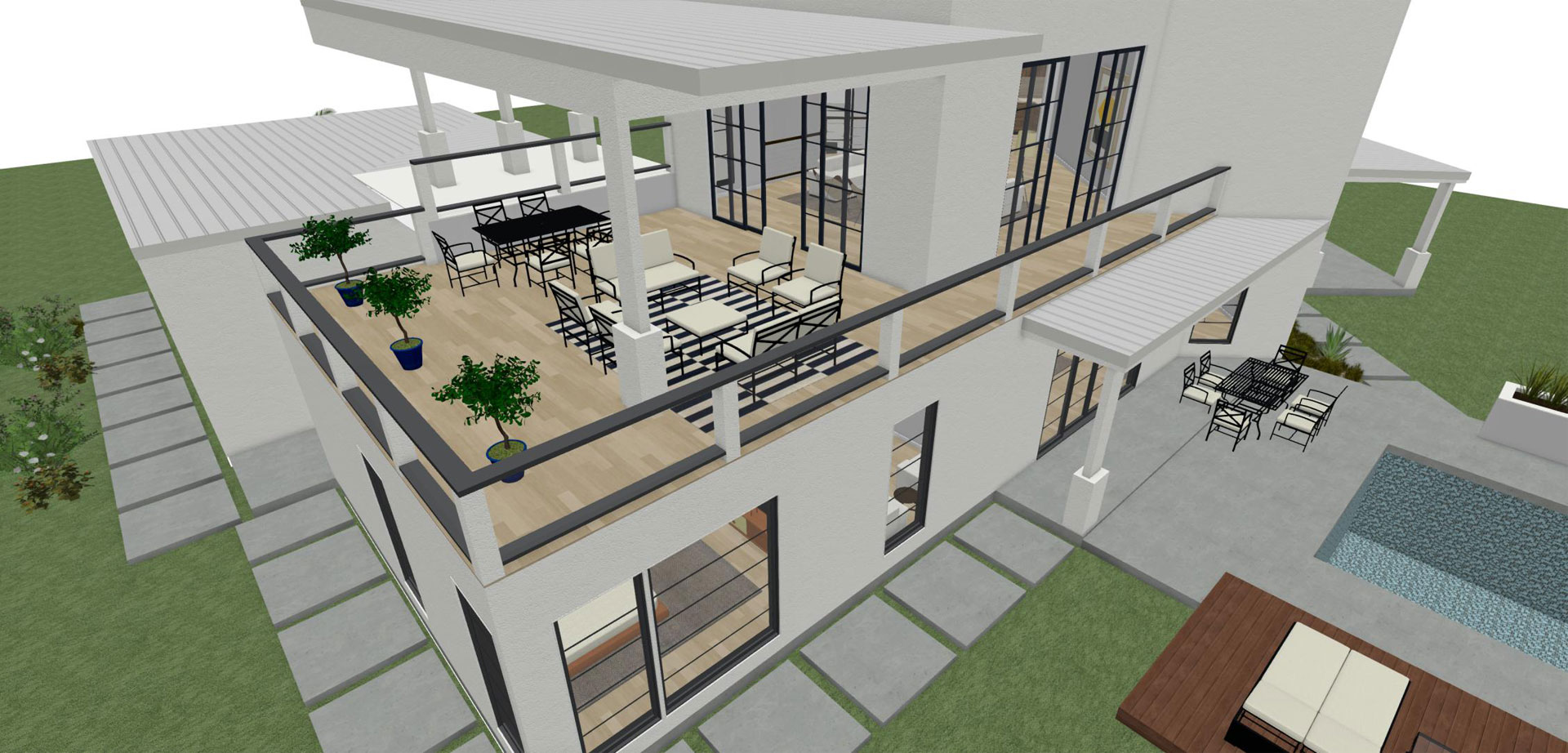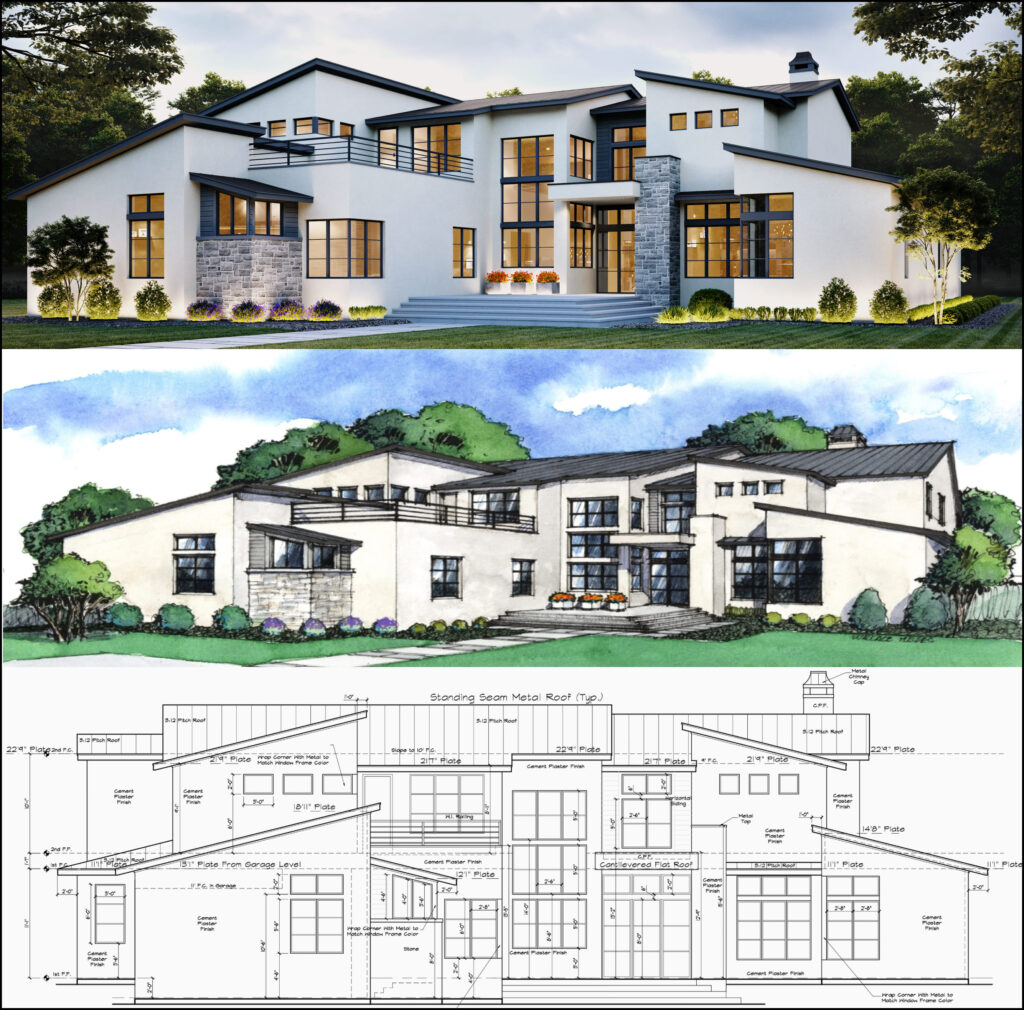How CDA Architects Deliver Cutting-Edge Solutions for Sustainable Architecture
How CDA Architects Deliver Cutting-Edge Solutions for Sustainable Architecture
Blog Article
A Detailed Introduction of Building Designs and Their Impact on Modern City Preparation and Growth
Building styles have long offered as a mirror to the social values and technical innovations of their time, playing a vital role in forming modern-day city planning and development. From the magnificence of Neoclassicism to the utilitarian approach of Brutalism, each style has actually introduced unique principles that influence city appearances and capability.
Historical Summary of Building Designs

As cultures transitioned via the Middle Ages, Gothic architecture arised, defined by its verticality and detailed outlining, mirroring the spiritual aspirations of the period. The Renaissance noted a revival of timeless suitables, combining art and design in ingenious means that affected subsequent designs throughout Europe.

Today, building designs continue to progress, driven by globalization and sustainability issues, mirroring a dynamic interplay in between heritage and innovation. This historical review highlights the value of architecture as a mirror of social evolution and as a stimulant for urban development.
Secret Architectural Styles Explained
The variety of building designs mirrors the myriad impacts that form our built atmosphere, each embodying distinctive attributes and social values. Secret architectural designs consist of Timeless, Gothic, Baroque, Innovation, and Postmodernism, each standing for distinct historical contexts and aesthetic ideologies.
Timeless design, rooted in ancient Greece and Rome, emphasizes symmetry, percentage, and using columns (cda architects). On the other hand, Gothic architecture, growing in the center Ages, is characterized by pointed arcs, ribbed vaults, and flying buttresses, developing an angelic high quality in cathedrals. Baroque style, arising in the 17th century, is marked by grandeur, elaborate ornamentation, and a dynamic interaction of light and darkness
Innovation, which acquired momentum in the very early 20th century, focuses on function over form, utilizing brand-new materials like steel and glass to develop minimal structures. Postmodernism, reacting against the austerity of Innovation, accepts eclecticism and historic referral, frequently integrating spirited components and irony.

Effect On Urban Planning
In forming pop over here the growth of cities, architectural styles substantially affect city preparation decisions. The option of building design often dictates the looks, capability, and overall character of urban environments.
Additionally, architectural styles can affect zoning guidelines and land utilize policies. Urban organizers need to consider the dominating architectural fads when making areas, ensuring that new advancements balance with existing frameworks. This consideration cultivates natural metropolitan landscapes and boosts neighborhood identification.
The execution of specific building styles can additionally influence socioeconomic aspects within a city. For instance, premium modern styles might draw in affluent homeowners and services, resulting in gentrification, while extra cost effective housing options might focus on functional and lasting styles to fit varied populations. Ultimately, recommended you read the interaction between building styles and metropolitan planning develops dynamic cities that show both historical context and modern needs, forming the lived experiences of their residents
Sustainability and Modern Style
Architectural designs play a critical duty in resolving contemporary difficulties, particularly in the realm of sustainability. As city areas broaden and environmental concerns increase, contemporary style increasingly welcomes sustainable style principles that focus on energy performance, resource conservation, and very little ecological impact.
Contemporary architectural motions, such as biophilic style and environment-friendly design, advocate for structures that harmonize with their environments, making use of all-natural products and advertising biodiversity. These styles usually incorporate renewable resource resources, such as solar panels and wind turbines, to minimize dependence on nonrenewable fuel sources and lower carbon footprints.
Additionally, the assimilation of advanced innovations, such as clever structure systems, enhances power monitoring, optimizing resource usage while guaranteeing occupant comfort. Ingenious water administration approaches, consisting of rain harvesting and greywater recycling, more add to sustainable metropolitan environments.
Notably, sustainability extends beyond environmental concerns; it incorporates social and financial measurements. By cultivating area health and advertising inclusivity, contemporary architectural styles align with lasting growth goals. The advancement of building methods continues to shape resistant cities that not just meet the demands of the existing however also safeguard the future for generations to come.
Area Interaction in Design
Community involvement in style functions as an essential bridge between engineers and the populations they offer, making certain that the developed environment shows the needs and desires of its customers. This joint procedure invites area members to add their understandings and choices, fostering a feeling of ownership and duty toward the rooms they occupy.
Reliable neighborhood involvement employs different approaches, such as workshops, surveys, and public forums, to gather varied viewpoints. These techniques facilitate a two-way discussion, allowing designers to recognize regional contexts while encouraging locals to articulate their worries and needs. This inclusivity not only improves the design high quality yet also promotes social equity by resolving the special obstacles faced by marginalized groups.
In addition, community interaction can bring about innovative options that might not arise in a traditional design process. By incorporating neighborhood knowledge and cultural values, architects can develop rooms that resonate more deeply with individuals, improving use and sustainability. Inevitably, prioritizing community interaction in style procedures causes settings that support social communications, assistance health, and reinforce area connections, thereby playing a critical function fit contemporary additional info city landscapes.
Final Thought
Building styles have exceptionally affected contemporary city planning and advancement, showing developing cultural and technical contexts. As cities continue to grow and adjust, the continuous dialogue between building heritage and contemporary layout principles will remain vital in creating inclusive, vibrant areas that enhance top quality of life and advertise social equity.
Report this page